Disclaimer: Our editors have used AI to create or enhance parts of this article. All content has been fact-checked by our team to ensure accuracy.
Having spent countless nights wandering through Athens’ ancient streets, I’m often asked by fellow travelers where they should go in Greece’s capital city. It’s a tricky question – how do you boil down thousands of years of history and culture into a simple answer? So I reached out to Maria Constantinidis, a local tour guide who’s been showing visitors around Athens for over two decades.
“Athens is like a living museum where ancient and modern life blend together,” Maria tells me. “You’ll find ruins next to coffee shops, and traditional tavernas beside contemporary art galleries. Each neighborhood has its own personality, and there’s always something new to discover, even for those of us who’ve lived here our whole lives.”
While you could spend months exploring every corner of Athens, most visitors have limited time. To help you make the most of your stay, here are 19 places that capture the essence of this historic city.
Acropolis of Athens
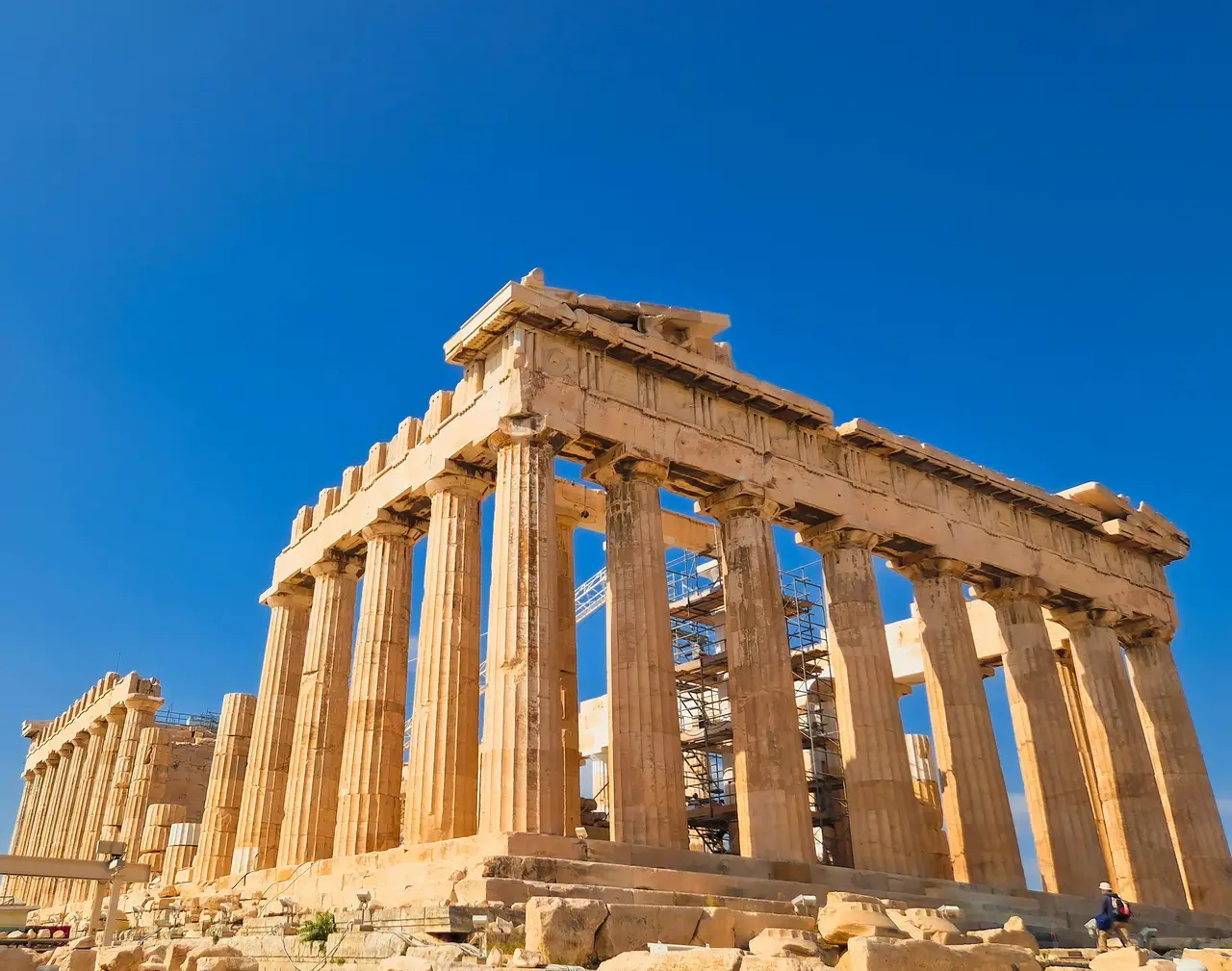
Perched high above Athens on a limestone hill sits the Acropolis, the most iconic symbol of ancient Greece. Dating back to the 5th century BC, this massive complex showcases what the Greeks could achieve at the height of their civilization. While tourists flock here year-round, there’s something magical about climbing those ancient marble steps, just as countless others have done for over 2,000 years. The crown jewel is the Parthenon temple, but you’ll also find other remarkable structures like the Temple of Athena Nike and the Erechtheion with its famous Caryatid statues. Because of its position overlooking the city, the Acropolis offers some of the best views of Athens, especially during sunset when the ancient stones take on a golden hue.
Parthenon

Many visitors come to Athens for the Parthenon, the iconic ancient temple perched high on the Acropolis hill, but this historic site offers so much more than first meets the eye. Built in the 5th century BC to honor the goddess Athena, the temple stands as a testament to classical Greek architecture and engineering skill. While the white marble columns and intricate friezes draw crowds year-round, the site is particularly magical during sunrise and sunset when the golden light bathes the ancient stones. Don’t miss the nearby Acropolis Museum, where you can see original sculptures and artifacts from the temple, or the evening light shows that bring the monument’s rich history to life through modern technology.
Ancient Agora

Many visitors come to the Ancient Agora for its well-preserved Temple of Hephaestus, but this sprawling archaeological site offers much more than a single monument. As the heart of ancient Athenian life, this was where citizens gathered to shop, socialize, and participate in democracy. The site features the remains of administrative buildings, law courts, and public spaces where philosophers like Socrates once shared their ideas. Walking through the ruins today, you can explore the Stoa of Attalos, a reconstructed ancient shopping arcade that now houses a museum filled with artifacts from daily life in classical Athens, making it an essential stop for anyone interested in understanding how the ancient Greeks really lived.
Temple of Olympian Zeus
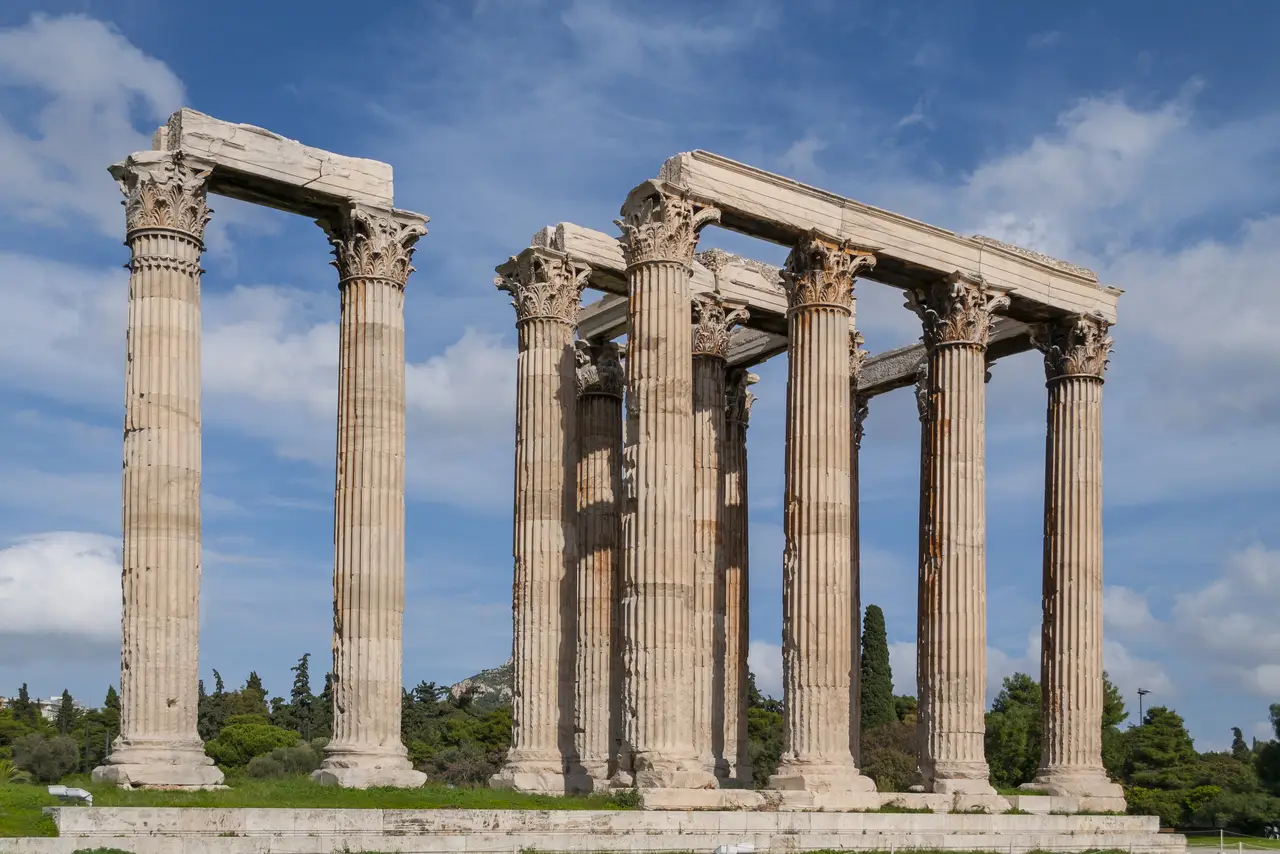
One of the most impressive ancient ruins in Athens, the Temple of Olympian Zeus stands as a testament to the city’s grand ambitions. What started construction in the 6th century BC took over 700 years to complete, making it one of the longest-building projects in history. Today, 15 of the original 104 massive columns remain standing, each one rising higher than a five-story building. When you walk among these towering marble pillars, you can’t help but imagine how this temple – once the largest in ancient Greece – must have looked in its heyday. It’s worth timing your visit for late afternoon when the golden light hits the columns just right and fewer tourists crowd the grounds.
Plaka District

Of all the neighborhoods I’ve explored in Athens, none captures the spirit of old-world Greece quite like the Plaka District. This maze-like area sits at the foot of the Acropolis, where narrow cobblestone streets wind between neoclassical buildings and past countless family-run tavernas serving up traditional Greek dishes. It’s not just another tourist spot – this is where you’ll find local life unfolding in quiet courtyards and on flower-draped balconies. Walking through Plaka feels like stepping back in time, with its mix of Byzantine churches, ancient ruins, and shops selling everything from handmade sandals to olive oil soaps. The neighborhood comes alive in the evening when residents gather at outdoor cafes and the sound of bouzouki music drifts through the lanes.
Monastiraki Square

Located in the historic heart of Athens, Monastiraki Square pulses with the energy of a city where ancient meets modern. Like many central squares in European capitals, it serves as a bustling hub where locals and tourists cross paths throughout the day. But unlike others, Monastiraki maintains its authentic Greek character with the sweet smell of souvlaki wafting through the air and the constant hum of street musicians playing bouzouki. Because of its location at the foot of the Acropolis, the square has been a trading center since Roman times, and today you’ll find everything from traditional Greek sandals to vintage vinyl records in its winding alleys and flea markets.
National Archaeological Museum
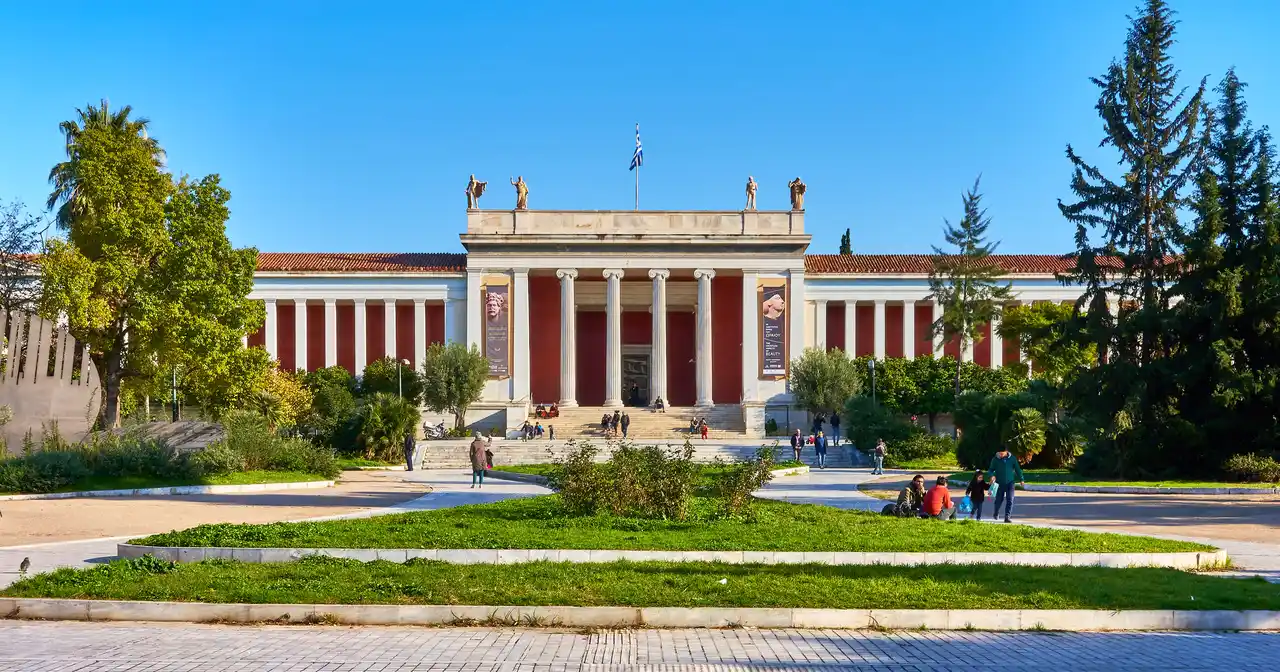
The first time I visited the National Archaeological Museum in Athens was during a sweltering summer afternoon in 2019. Located in the heart of the Greek capital, this museum stands as the largest archaeological museum in Greece and one of the most important in the world. The building’s neoclassical architecture houses over 11,000 exhibits spread across multiple floors, telling the story of Ancient Greece from prehistoric times through the Roman era. Among its countless treasures, you’ll find the gold Mask of Agamemnon and the bronze statue of Zeus (or Poseidon) of Artemision, both drawing visitors from every corner of the globe. The museum’s peaceful courtyard, filled with Mediterranean plants and ancient marble statues, offers a welcome break from exploring the vast collection inside.
Mount Lycabettus
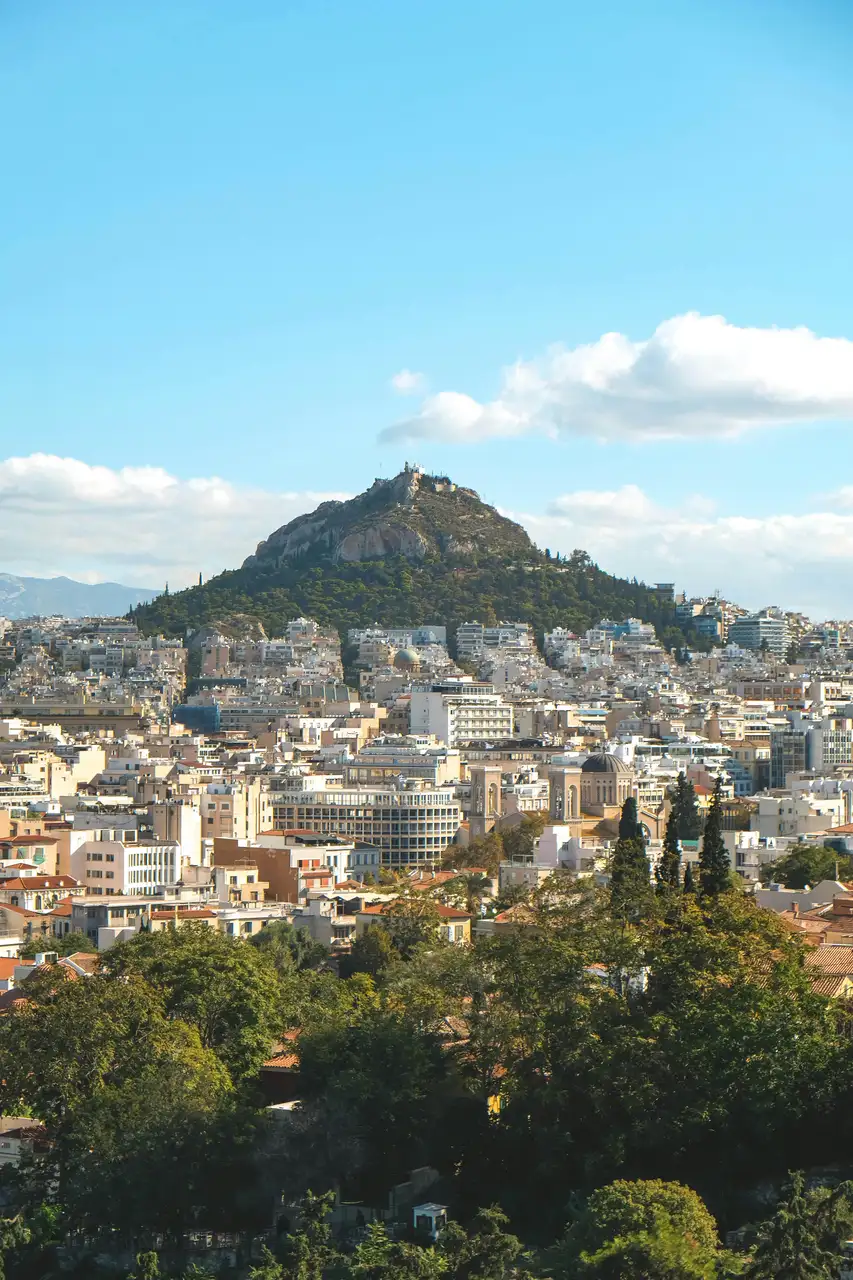
Take in panoramic views of Athens from Mount Lycabettus, the highest point in the city at 908 feet above sea level. A funicular railway carries visitors to the summit, where you can explore the 19th-century Chapel of St. George and enjoy a meal at Orizontes Restaurant with sweeping views of the Acropolis and Aegean Sea. The hilltop is especially popular at sunset, when the whole city glows in golden light and the twinkling lights of Athens begin to shine. For the more active traveler, you can hike up the well-marked trail that winds through pine trees and limestone rocks to reach the top.
Syntagma Square
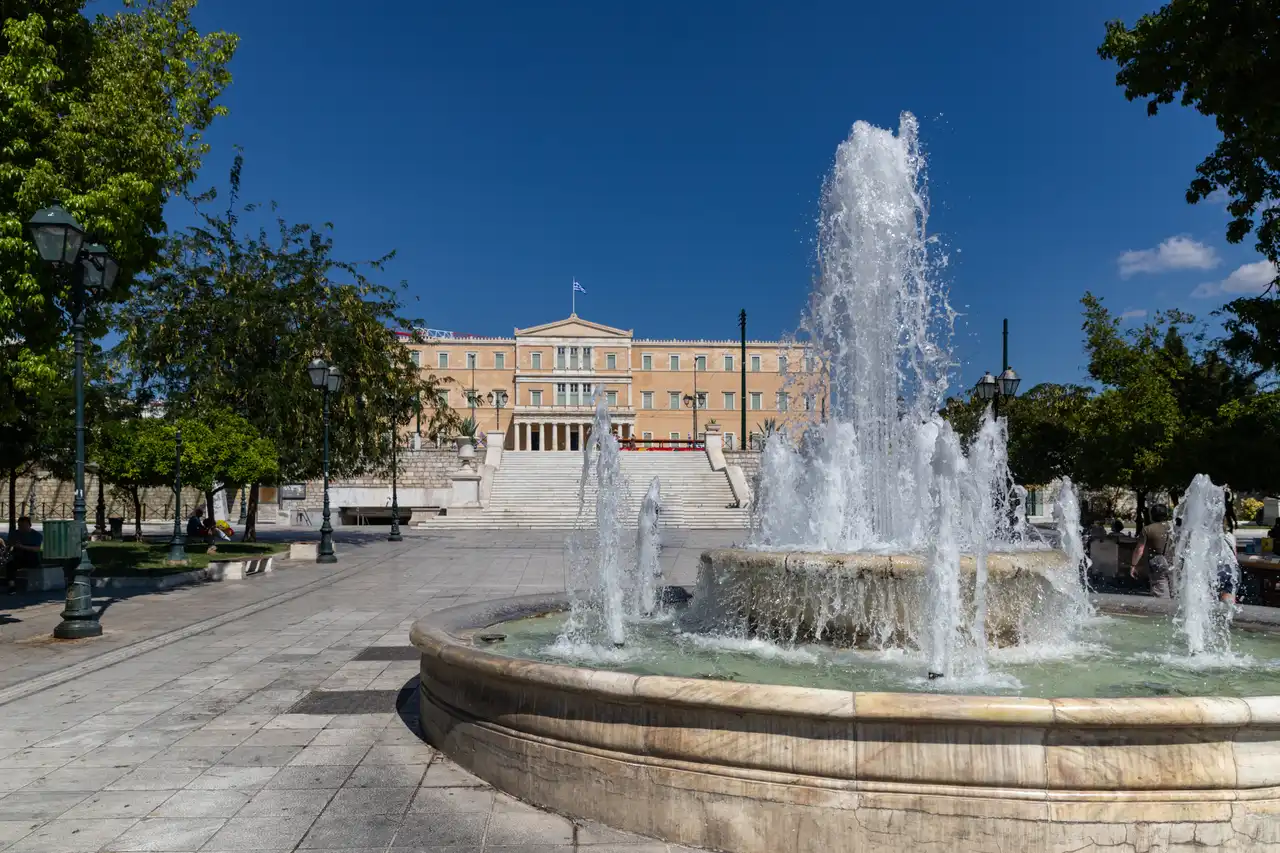
Ever wondered where the heart of modern Athens beats? It’s right here in Syntagma Square, where locals rush past ancient monuments on their way to work and tourists snap photos of the ceremonial guards outside Parliament. This central plaza has been Athens’ main gathering spot since the 19th century, when King Otto made the adjacent Old Royal Palace his home (now home to the Greek Parliament). You can catch the changing of the guards every hour, grab a coffee at one of the outdoor cafes, or hop on the metro to explore other parts of the city. The square also serves as the perfect starting point for a stroll down Ermou Street, Athens’ main shopping boulevard, or a peaceful escape in the National Garden just steps away.
Temple of Hephaestus

Standing proudly in the ancient Agora of Athens, the Temple of Hephaestus is one of those places that makes you feel like you’ve stepped back in time. This well-preserved Doric temple has watched over the city for nearly 2,500 years, surviving wars, earthquakes, and countless generations of visitors. While other ancient buildings in Athens have crumbled, this temple dedicated to the god of craftsmanship and fire has remained largely intact – from its sturdy columns to its detailed friezes. It’s the kind of place where you can sit on the surrounding grass, gaze up at the marble structure, and easily imagine ancient Athenians doing the same thing centuries ago. The temple isn’t just a historical landmark; it’s a testament to the incredible architectural skills of ancient Greeks and their dedication to honoring their gods.
Panathenaic Stadium
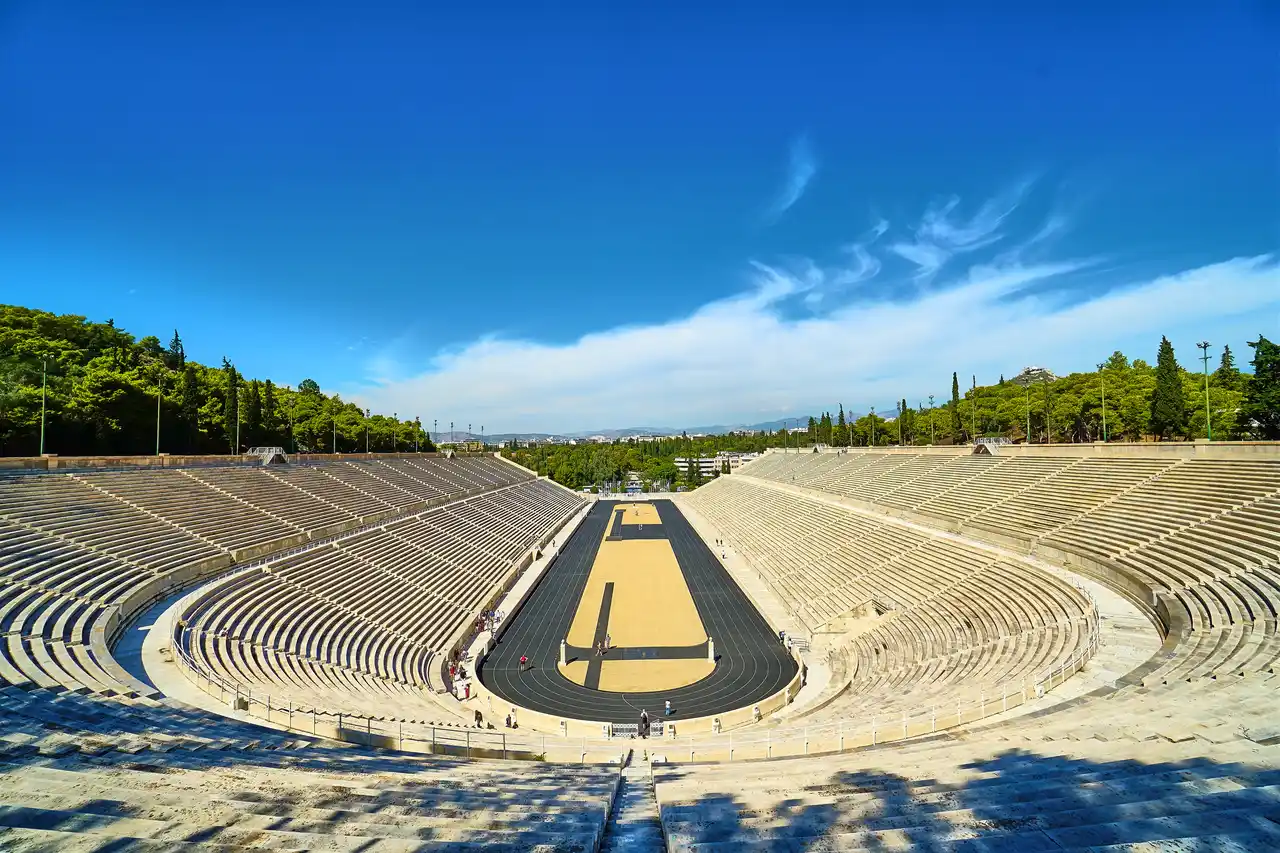
If you’re interested in sports history, the Panathenaic Stadium is a must-visit spot in Athens. Built entirely of marble, this U-shaped stadium hosted the first modern Olympic Games in 1896 and remains the only stadium in the world made completely from this classic material. Today, you can walk the same track where ancient athletes once competed, sit in the original marble seats, and visit the small Olympic Games museum that showcases torches from past games.
Benaki Museum

Located in a beautifully restored 19th-century mansion, the Benaki Museum tells the story of Greek culture from ancient times to modern day. What sets this museum apart from others in Athens is how it weaves together everyday objects with historical artifacts – you’ll find everything from traditional coffee cups to Byzantine icons under one roof. The museum was started by antique collector Antonis Benakis, who donated his entire collection to the Greek state in 1931. As you move from floor to floor, you’ll travel through time, seeing how Greek life evolved over thousands of years. The top floor houses a charming café where you can sip coffee while looking out over the National Garden and the Acropolis, making it a perfect spot to rest after exploring the exhibits.
Roman Agora

Many visitors head to the Roman Agora for its ancient marketplace ruins, but this historic site offers much more than just commercial remnants. Built in the 1st century BC with funding from Julius Caesar and Augustus, the area features well-preserved columns, a sundial tower known as the Tower of the Winds, and intricate architectural details that paint a picture of daily life in ancient Athens. While smaller than its Greek counterpart, the Roman Agora served as the city’s main marketplace during the Roman period, where citizens would gather to trade goods and exchange news. Today, visitors can walk the same paths as ancient Romans, explore the restored gateway called the Gate of Athena Archegetis, and get a real sense of how this bustling commercial center operated nearly 2,000 years ago.
Anafiotika
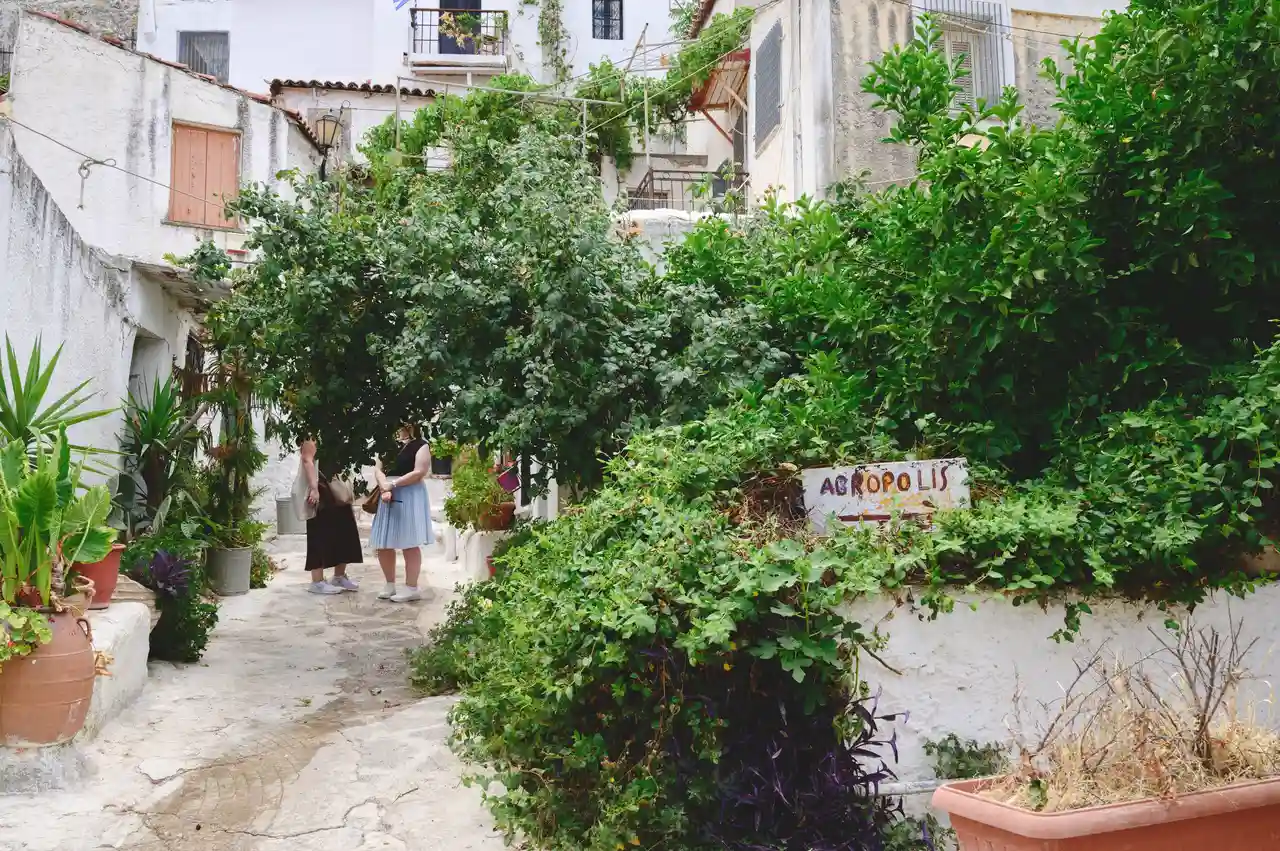
Step back in time when you visit Anafiotika, a tiny neighborhood that feels more like a Greek island than the heart of Athens. Tucked away on the northern slopes of the Acropolis, this cluster of whitewashed houses with blue doors and flower-filled balconies was built by workers from the island of Anafi in the 1800s. The narrow, winding pathways between the homes offer some of the best views of Athens below, and you’ll often find friendly cats lounging in the sun. It’s the perfect place to get lost for an afternoon, away from the busy tourist spots and city noise.
Odeon of Herodes Atticus
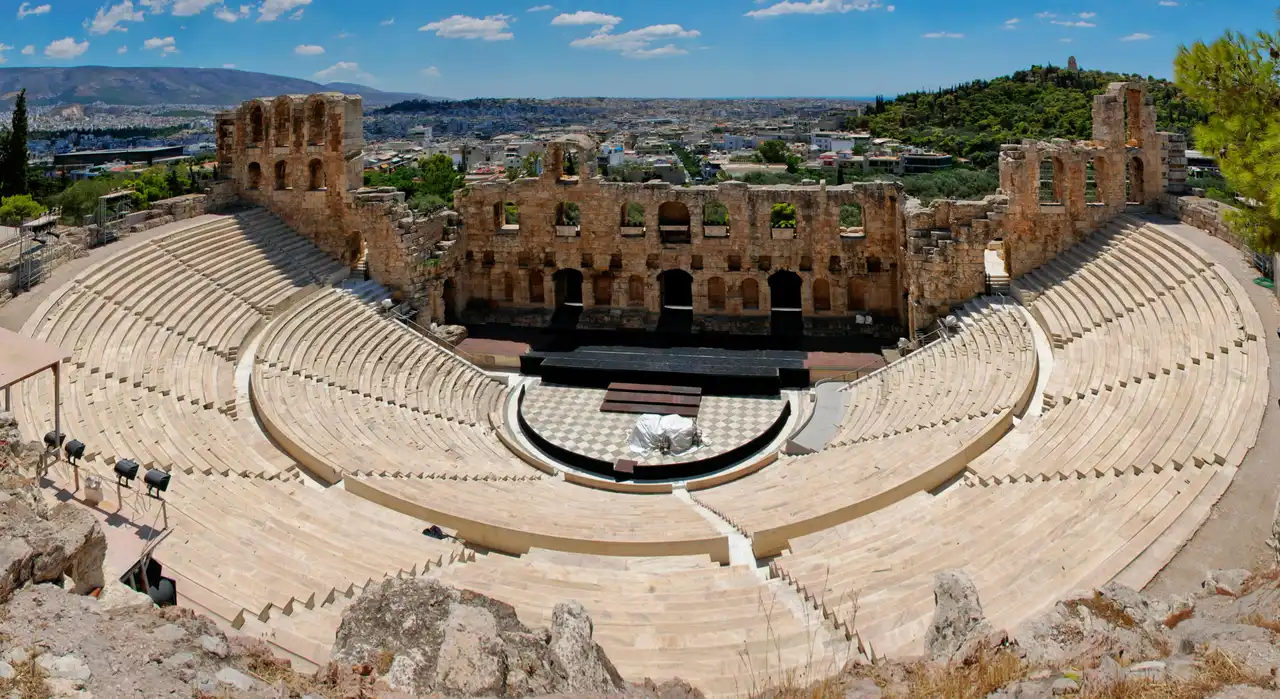
One of ancient Athens’ most impressive theaters sits nestled into the southwestern slope of the Acropolis. The Odeon of Herodes Atticus, built in 161 AD by wealthy Roman consul Herodes Atticus, still hosts performances under the stars to this day. The semicircular structure rises 28 meters high with its steep marble seating and ornate stone arches. Modern wooden seating now fills the ancient rows, allowing up to 5,000 spectators to enjoy everything from classical concerts to ballet performances. During the Athens Festival each summer, the theater comes alive with music and drama echoing off its age-old walls, just as it did nearly 2,000 years ago. The backdrop of the illuminated Acropolis and the soft Mediterranean breeze make evening shows here an unforgettable experience that connects you directly to the city’s rich performing arts heritage.
Athens Central Market

Of all the markets I’ve explored in Athens, none captures the true spirit of the city quite like the Athens Central Market. This bustling indoor marketplace has been the beating heart of local life since 1886, where fishmongers call out their daily catches and butchers proudly display their cuts alongside vendors selling everything from fresh olives to aromatic spices. It’s not just a place to shop – it’s where you’ll find locals haggling over prices, restaurant owners selecting the day’s ingredients, and curious travelers soaking in the authentically Greek atmosphere. While the sights and sounds might overwhelm first-time visitors, those who dive in are rewarded with an unfiltered glimpse into everyday Athenian life and some of the freshest ingredients in the city.
Cool Fact:
You’ll find the heart of Athens’ food scene at the Central Market, where over 70 vendors fill the bustling halls with everything from fresh Mediterranean fish to local olives and spices. The market has been feeding hungry Athenians since 1886, and locals swear the best way to experience it is to grab a coffee, wander the aisles, and chat with the animated vendors who love sharing stories about their products.
Acropolis Museum

Ever wondered where ancient Greek treasures come from? Right at the foot of the Acropolis hill, the ultra-modern Acropolis Museum holds thousands of artifacts discovered on the sacred rock above. This light-filled building lets you walk through 2,500 years of Athenian history, with glass floors revealing archaeological excavations beneath your feet. The top floor is a masterpiece of museum design, perfectly aligned with the Parthenon itself and showcasing the temple’s original marble sculptures. You can grab a coffee at the museum’s restaurant terrace, where the view of the Acropolis looming above makes for one unforgettable coffee break.
National Garden
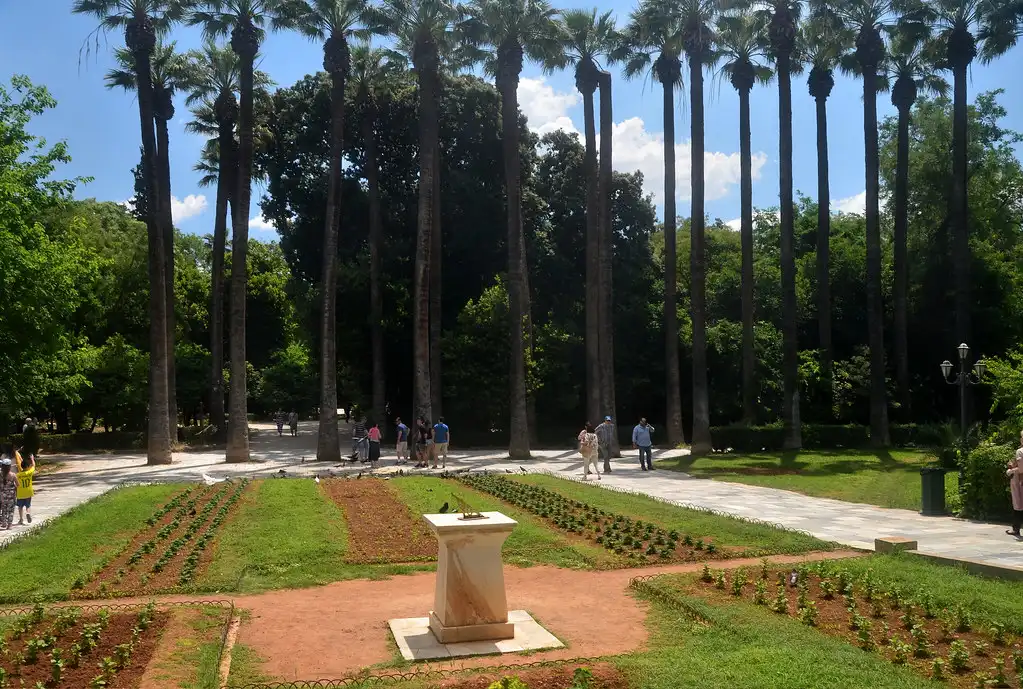
Looking for a peaceful escape from Athens’ busy streets? The National Garden is my go-to recommendation for visitors needing a break. Located right behind the Parliament building, this 38-acre green space offers shaded pathways, ancient ruins, and a small zoo, making it perfect for a morning stroll or afternoon picnic.
Temple of Poseidon at Cape Sounion

Perched on the southernmost tip of mainland Greece, the Temple of Poseidon at Cape Sounion holds a special place in my heart. This ancient sanctuary sits 230 feet above the Aegean Sea, where sailors once stopped to leave offerings to the god of the sea before their long journeys. The temple’s marble columns stand tall against the blue horizon, creating that perfect Greek postcard scene you’ve probably seen a hundred times. I often tell people to visit at sunset when the golden light hits the columns and the sea stretches endlessly below – it’s the same view that inspired Lord Byron to carve his name into one of the columns (though I definitely don’t recommend following his example). The 90-minute drive from Athens along the coastal road is worth every minute, offering glimpses of hidden beaches and seaside tavernas along the way.

